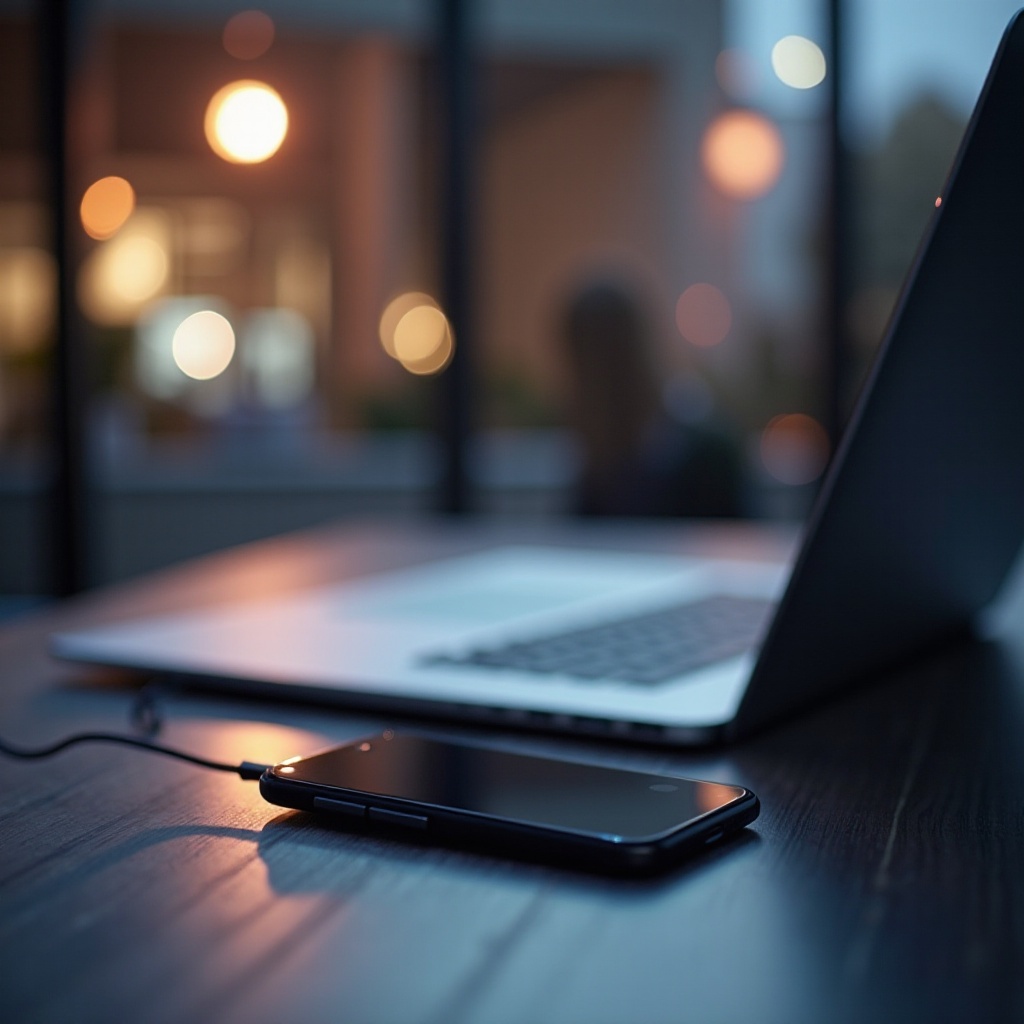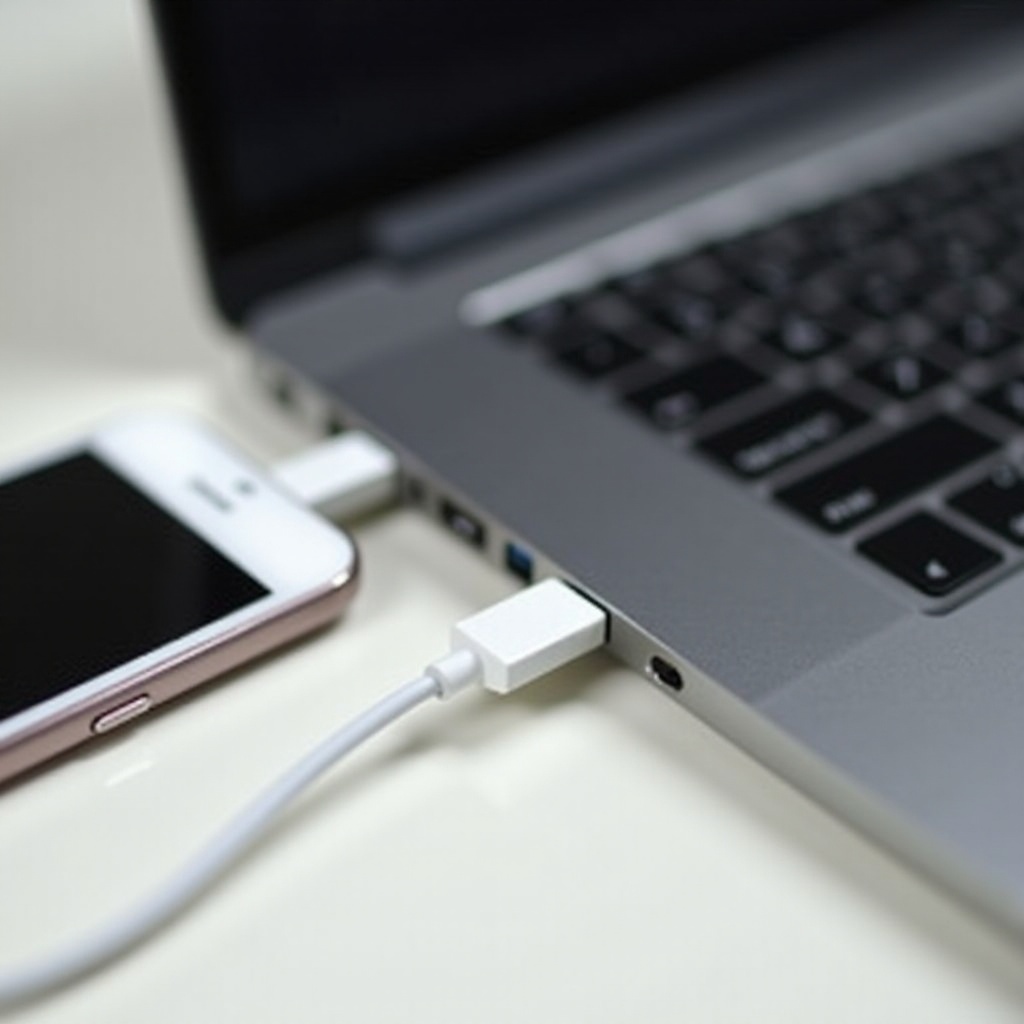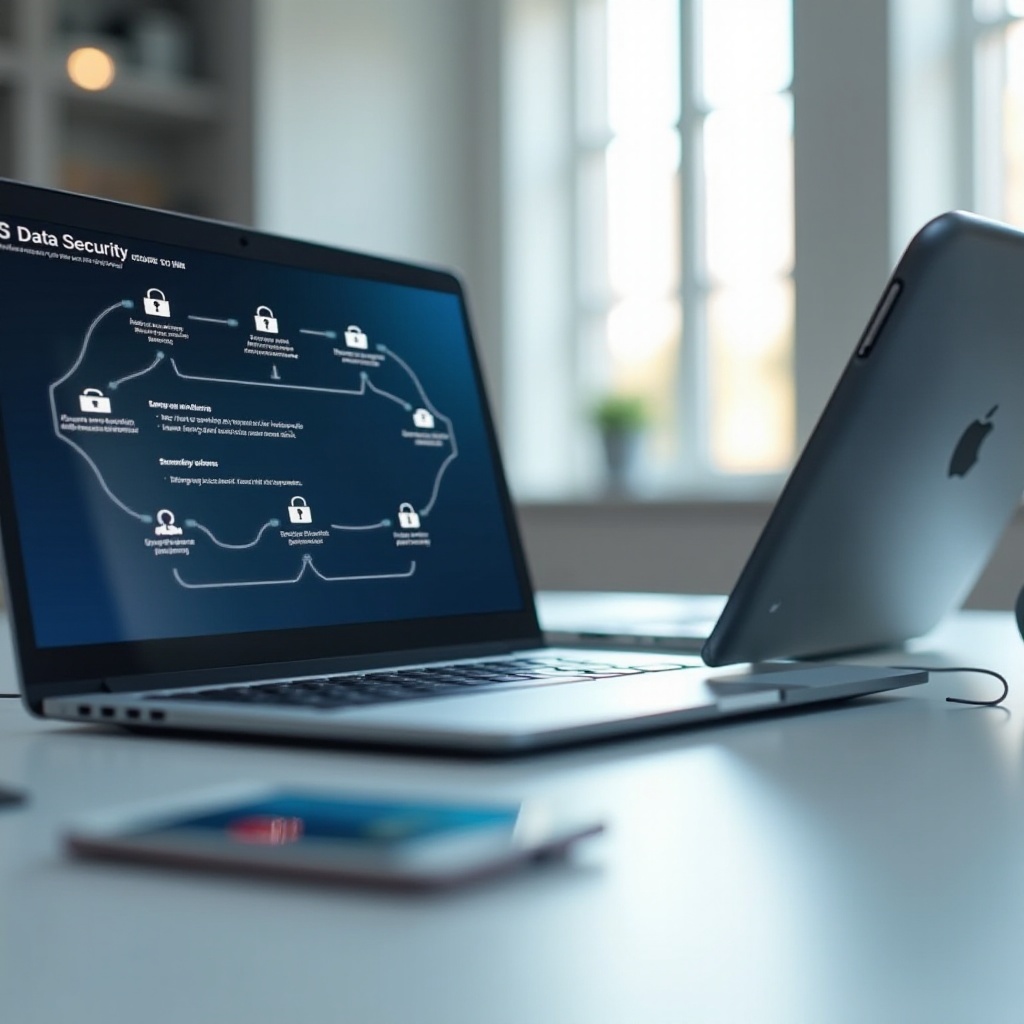
Introduction
In a world where technology continually bridges gaps, connecting your phone to your Chromebook offers a streamlined experience. This connection allows you to manage your devices efficiently, enhancing your productivity by merging the capabilities of both. From file management to app synchronization, this guide delineates the steps to bond these two gadgets utilizing various methods.

Why Connect Your Phone to Your Chromebook?
Embracing the synergy between your phone and Chromebook opens up a realm of possibilities. This setup is perfect for those juggling tasks across devices, ensuring you remain in the loop whether you’re at work or leisure. Beyond file transfers and shared notifications, this connection empowers you to manage phone applications directly from your Chromebook—a smart multitasking solution.
Prerequisites: Ready Your Devices
Prior to beginning the connection process, it’s crucial to prepare your devices. Update your Chromebook to the latest version of Chrome OS for flawless compatibility. Similarly, ensure your phone’s operating system is current to guarantee optimal performance. Keep both devices charged or plugged in to prevent disconnections mid-process. A dependable USB cable, along with access to stable Wi-Fi and Bluetooth, will facilitate a seamless connection.
Connecting via USB Cable
Step-by-step Guide
- Connect the USB Cable: Insert one end of the USB cable into your phone and the opposite into your Chromebook’s USB port.
- Select USB Settings on Your Phone: Your phone will prompt you to choose a USB connection type. Choose ‘File Transfer’ or ‘MTP (Media Transfer Protocol).
- Access Phone Files on Chromebook: Navigate to the Files app on your Chromebook, where your phone should appear as a device in the left panel, granting access to its files and folders.
Troubleshooting USB Connection Issues
Should you encounter connection hiccups, troubleshoot with these steps:
– Confirm the USB cable is intact and correctly connected.
– Alternate between available USB ports on your Chromebook.
– Restart both your Chromebook and phone.
– Double-check your phone’s USB mode settings.

Wireless Connection Methods
Bluetooth Connection
Bluetooth is a wire-free way to link your devices. Start by enabling Bluetooth on both your Chromebook and phone:
1. Activate Bluetooth: Access the Quick Settings menu on your Chromebook to turn Bluetooth on, and do likewise on your phone.
2. Pair the Devices: On the Chromebook, select ‘Add Bluetooth device’ and choose your phone from the list.
3. Confirm Pairing: Accept the pairing prompts on both devices.
Wi-Fi Direct Sharing
Wi-Fi Direct enables a direct link between your phone and Chromebook, independent of cables. Ensure both devices are on the same Wi-Fi network:
1. Enable Wi-Fi Direct: On your phone, navigate to settings to activate Wi-Fi Direct.
2. Connect to Chromebook: Access network settings on your Chromebook and connect to the Wi-Fi Direct network indicated by your phone.
3. File Transfer: Utilize apps that support Wi-Fi Direct for transferring files.
Utilizing Google’s Phone Hub for Seamless Integration
Google’s Phone Hub refines connectivity by integrating phone functions into your Chromebook interface. It allows you to receive notifications, share clipboard contents, and even locate your phone on your Chromebook. Being signed into the same Google Account on both devices is essential, followed by activating Phone Hub in the Chromebook settings for a merged experience.
Syncing Apps and Data: Best Practices
Efficiency hinges on effective app and data synchronization. Install tools like Google Drive and Dropbox to ensure ubiquitous file access. Regular data sync ensures updates span both devices, and cloud services serve as a buffer against data loss.
Ensuring Data Security While Connected
Prioritizing security is paramount while maintaining connectivity. Use strong passwords and activate two-factor authentication on all devices. Keep your Chrome OS and phone software updated to patch potential security gaps. Secure sensitive file transfers with encryption and consider a VPN for a protected internet connection.

Troubleshooting Common Connectivity Issues
Identifying and Solving Errors
To tackle connectivity challenges:
– Affirm both devices share the same Wi-Fi network.
– A simple restart can resolve temporary issues.
– Ensure you install the latest updates on both the phone and Chromebook to sidestep known glitches.
When to Contact Support
If issues persist, reaching out to customer support is advised. Professionals from your device manufacturers can provide insight, identifying any hardware or software interference.
Conclusion
By deploying the methods detailed in this guide, you’re set to experience the advantages of connecting your phone to your Chromebook. Evaluate each option—USB, Bluetooth, or Google Phone Hub—for distinct benefits while prioritizing secure, regular data synchronization. This integration not only enhances functionality but augments management, making your digital endeavors more effective.
Frequently Asked Questions
Can I connect any phone model to my Chromebook?
Generally, yes. Chromebooks work best with Android phones for optimal integration. Some features for iPhones may be limited, but basic connectivity is achievable.
How can I improve connection speed and reliability?
Keep both devices updated with the latest software, maintain a strong Wi-Fi connection, and ensure proximity for effective Bluetooth operation.
Are there any third-party apps recommended for improved connectivity?
Apps like AirDroid or Pushbullet can enhance file-sharing capabilities and offer additional features beyond standard connectivity solutions.
